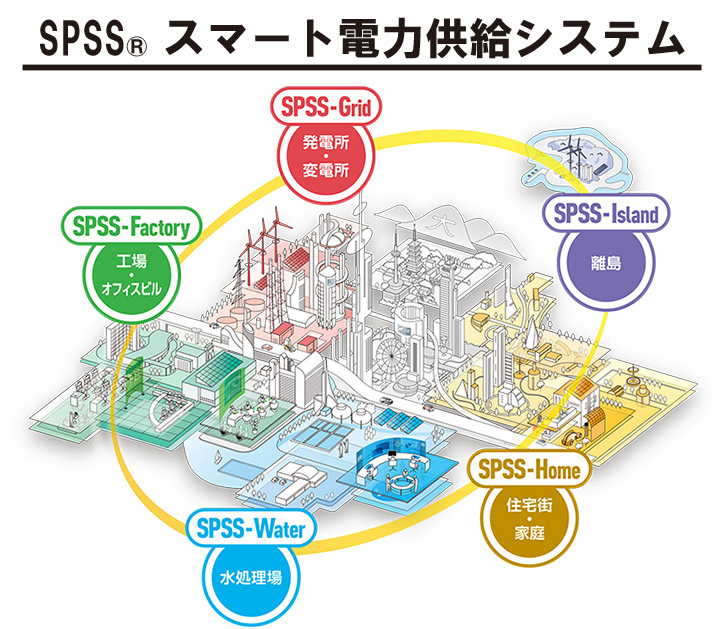Production of green hydrogen by photocatalyst
Sumitomo Osaka Cement Co., Ltd.
Outline
Hydrogen is expected as a renewable clean energy resource. Hydrogen is a clean energy source that produces only water when it burns, and it can also react with carbon dioxide, which causes global warming, to synthesize useful chemical substances. However, hydrogen production using existing fossil fuels inevitably produces carbon dioxide, which is not a countermeasure against global warming.
Photocatalyst is a material that can produce hydrogen (green hydrogen) without generating carbon dioxide by decomposing water using solar energy. We are working on the production of green hydrogen by improving the performance by applying our unique hydrothermal synthesis technology to photocatalysts.
Description
Green hydrogen production technology that does not generate carbon dioxide is an essential technology for the realization of a sustainable low-carbon society based on hydrogen. As a green hydrogen production technology, a method of electrolyzing water from electric power generated by non-fossil fuels has been proposed, but energy conversion loss and the need for large-scale equipment are assumed by using electric power as an intermediary.
Photocatalysts, on the other hand, are materials that generate hydrogen directly from solar energy without emitting carbon dioxide, and are generally semiconductor particles.
Discovered in Japan and studied by many researchers, energy conversion efficiency has improved in recent years, and the relationship between energy conversion efficiency and crystal state has become clear.
We have hydrothermal synthesis technology that can control the size and shape of particles, the crystal plane of the surface, and the crystallinity. So far, we have proved that hydrothermal synthesis technology is an industrially viable manufacturing technology by developing and commercializing heat ray cutting materials and lithium ion battery materials.
In the case of photocatalysts, it is expected that by controlling the particle size, shape and crystal state with hydrothermal synthesis technology, it will show superior industrial productivity to the existing photocatalyst manufacturing methods such as the solid phase method and the flux method. Will be done. We are advancing the challenge, thinking that it is possible to produce carbon dioxide-free and inexpensive green hydrogen by applying these photocatalytic particles to the panel and exposing it to sunlight. We also aim to synthesize useful chemical substances from carbon dioxide generated in cement production using green hydrogen produced by photocatalyst toward the realization of carbon neutrality in 2050.
Supplementary information
Other Innovation Challenges
Research and development of Calcium Extraction from Various Calcium-containing Wastes and CO₂ Mineralization Technologies
Sumitomo Osaka Cement Co., Ltd.
Similar Innovation Challenges
Achieving net zero carbon emissions from paint finishing processes
Taikisha Ltd.
Activities for reducing GHG of business operations in Nissin Electric Group
Nissin Electric Co., Ltd.



.png?id=2&tid=793&imageNumber=1)
.jpg?id=2&tid=791&imageNumber=1)




-1人工光合成技術.jpg?id=2&tid=759&imageNumber=1)